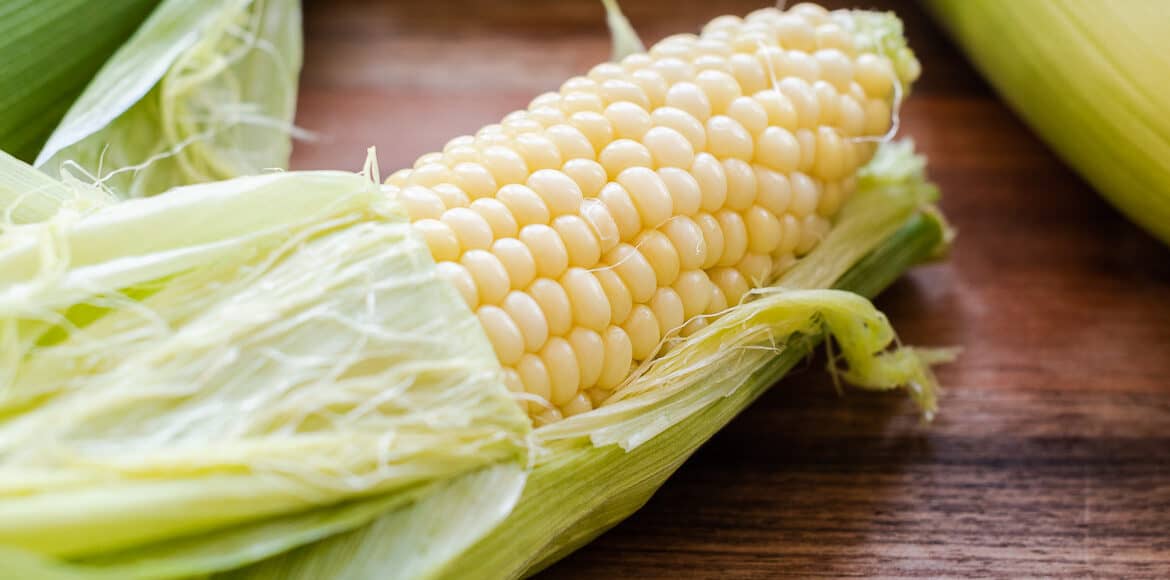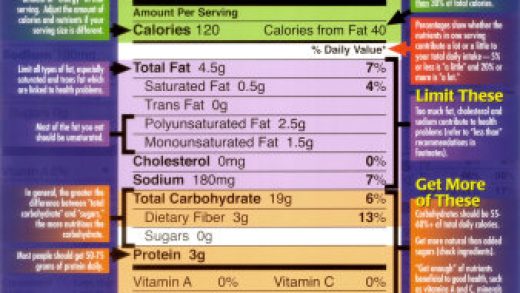We know there are additives in so much of our food. Some are harmless and are used to extend the shelf life of many products. Others are mostly new and we have no idea what they will do over the long term.
You might wonder just what these chemicals are and what they do. While I recommend avoiding as many of these as possible, it’s still good to know what they’re all about.
How does your food feel? That may sound like the beginning of a joke, but texture and mouth-feel are important elements in the food industry. For example, I like the flavor and smell of coconut, but I can’t stand the texture, it makes me gag. I can’t tell you why, it just does. Food companies know that these things matter in whether you will buy their products.
Better living through chemistry. Another big part of the use of these substances is to replace the role of fat in processed food. American consumers have demanded lower fat products and the food industry has spent a lot to give it to us. The American Chemical Society reports that animal and vegetable fat replacements were a $5.8 BILLION industry last year. Coming up with these so-called better-for-you foods accounted for more than 70 percent of food company sales growth in the last five years.
No killer tomatoes. Lest you think mad scientists are inventing substances to enslave the world, most of these additives come from plants, like trees and seaweed. So, in some ways, you could even call these chemicals natural.
Here’s a list of some of the most common additives you’ll find in packaged food just so you know.
- Alginates are derived from brown seaweeds. They are used for thickening, stabilizing, gelling, and film forming in foods such as cream and fruit fillings, salad dressings, ice cream, low-fat spreads, restructured meats, and yogurt.
- Carrageenans are carbohydrates extracted from red seaweeds. Used for gelling, thickening, and stabilizing, they are often found in ice cream, coffee whiteners, cottage cheese, and low- or no-fat salad dressings. They are also used to suspend cocoa in chocolate milk.
- Microcrystalline cellulose comes from tree pulp. It forms a stable gel that provides creaminess and cling to salad dressings, sauces, batters, fillings, icings, and low-fat sour cream. It prevents fried foods from becoming soggy and helps stabilize whipped toppings and chocolate drinks.
- Methylcellulose also comes from tree pulp. It has gelling properties that reduce oil uptake in fried foods and improve the texture of meat alternatives. It can also be used to improve the “mouth feel” of sugar-free beverages and reduce milk fat in whipped toppings and desserts. A new use is to help trap air in gluten-free foods.
- Cellulose gum is made from tree pulp and cotton fibers. It helps retain moisture in frozen dough, tortillas, and cakes and reduces fat uptake in doughnuts. It stabilizes proteins in protein drinks and replaces texture lost when reducing sugar in beverages. Cellulose gum adds viscosity, flow, and glossy appearance to low-fat sauces.
- Gelatin is derived from the collagen in pig and cattle skins and bones. It is used as a gelling agent, stabilizer, thickener, and texturizer in desserts, yogurt, and low-fat foods.
- Guar gum, a polysaccharide, comes from the seeds of the guar gum bush, Cyamopsis tetragonolobus, which is an annual leguminous plant that originated in India. As a thickener, it is eight times more powerful than cornstarch. It controls moisture and adds texture to baked goods. It also controls viscosity in dairy drinks, salad dressings, and condiments. A polysaccharide is a complex carbohydrate made from several sugar molecules bonded together.
- Pectin is extracted from the peels of citrus fruits and from sugar beets. It is used for gelling, thickening, and stabilizing food. Pectin derived from sugar beets does not form a gel but is used for stabilizing and emulsifying. Pectin is used in jams, jellies, fillings, and confectioneries. It can also be used to thicken and stabilize fruit- and milk-based beverages.
- Starch is generally derived from corn, potatoes, or tapioca. Food makers use both native and modified versions. Starch can be hydrolyzed into dextrins such as maltodextrin. Starches are used as thickeners, stabilizers, and fat replacers in puddings, sauces, and salad dressings. They are often added to grain-based foods such as breads, cereals, tortillas, and pasta.
- Xanthan gum is made by industrial fermentation of sugar by the bacteria Xanthomonas campestris. Used in small amounts, it adds viscosity and cling to salad dressings and sauces. It is also used in egg substitutes and in gluten-free baking.
Obviously, there are many other ingredients that were created in laboratories rather than fields. Read those ingredient labels and make sure you know what’s going into your body. If you don’t know what it is, maybe you should choose something else, like a good old-fashioned apple.




